INSIDE ISSUE 19.21 | May 22, 2020
 BIG STORY: Legislature looks at reviving medical stockpiles
BIG STORY: Legislature looks at reviving medical stockpiles
NEWS BRIEFS: Climate action could help rebuild state, experts say
COMMENTARY, Brack: Just wear the dang mask
SPOTLIGHT: S.C. Hospital Association
FEEDBACK: Send us your thoughts
MYSTERY PHOTO: Living in style
S.C. ENCYCLOPEDIA: Influenza pandemic of 1918
Legislature looks at reviving medical stockpiles
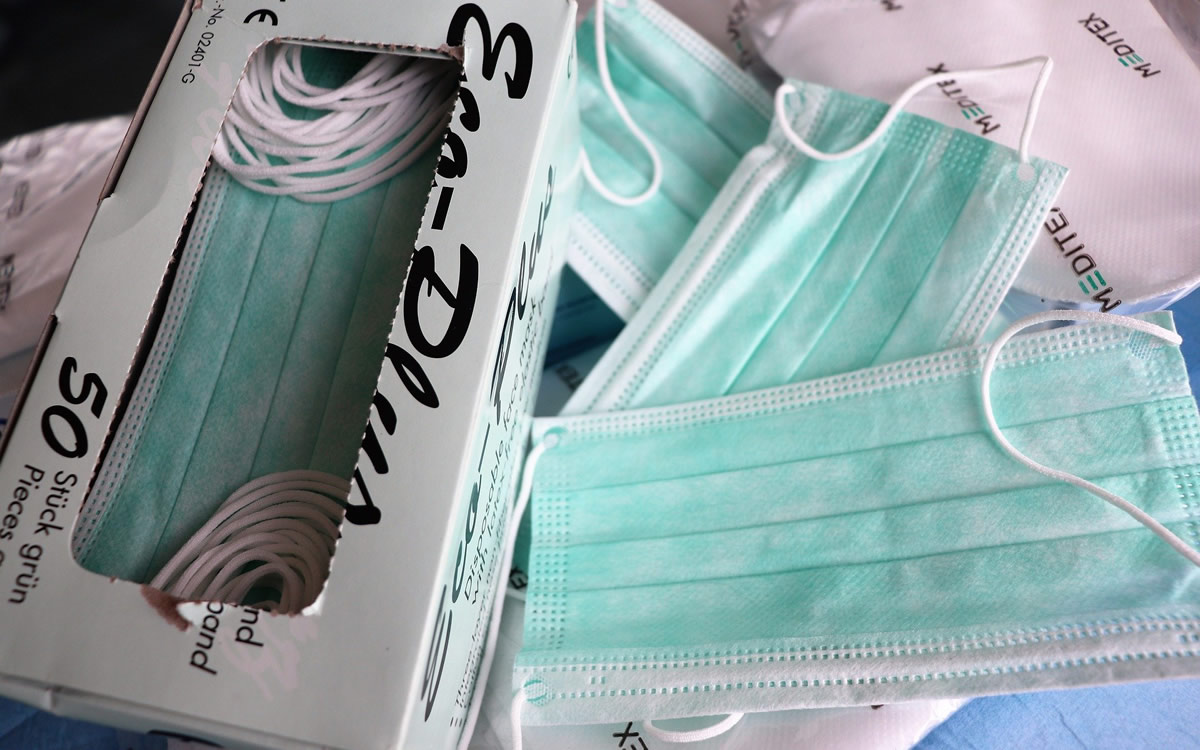
By Lindsay Street, Statehouse correspondent | South Carolina no longer stores medical equipment like masks and gowns, but some in Columbia want to revive a stockpile following the struggle to obtain vital supplies in the pandemic.
Gov. Henry Mcmaster’s AccelerateSC team heard from committees this week that recommended a 28-day, $16.7 million stockpile. The question of a stockpile came up again Thursday among a group of state senators discussing policy aimed at rebuilding South Carolina.
The state does not currently have any stockpile in place, according to a spokesman at the S.C. Department of Environmental Control (DHEC), and it is unclear when it ended. Most medical equipment funneled through DHEC and county emergency departments has come from donations or a federal stockpile. Medical providers, from hospitals to nursing homes, have had to rely on what they could purchase on the open market, according to organizations.
‘Not enough PPE in the world’

The first step toward implementing a state stockpile would be a feasibility and management study that could be approved as early as mid-June as lawmakers begin doling out federal aid, according to S.C. Hospitals Association Policy and Finance Vice President Christian Soura, who serves on the AccelerateSC board.
Since March, DHEC has worked with the federal government to receive personal protective equipment (PPE) for nursing homes, hospitals and emergency responders. A spokesman told Statehouse Report that supplies have been shipped this month, and another set of supplies will be shipped in June for nursing homes.
“Personal protection has been a problem for nursing homes,” said Camden Democratic Sen. Vincent Sheheen. On Thursday, he addressed DHEC leadership at the Senate select committee meeting about the crisis, which started as a hotspot in his home district.

“I know we didn’t get the PPE we wanted and expected,” Sheheen said, while adding praise for the agency. “I hope we have stockpiles from here on out.”
Throughout the pandemic, nursing homes have had shortages of equipment, according to Randy Lee, president of nursing home organization South Carolina Health Care Association.
“There is obviously not enough PPE in the world for the pandemic and we are continuing to struggle every day to find proper equipment,” Lee said in an interview. “We have come to realize there is not a gown for sale anywhere.”
He said facilities around the state have prioritized what PPE they have obtained, and that they “are not sending uncovered staff members to treat residents in need.” Some facilities have also contracted with local seamstresses for gowns and masks, he said.
Soura said hospitals in the state are spending five or six times the amount they normally spend on PPE as they use more and have to pay more for scarce supplies.
Lawmakers see value in a stockpile
For Lexington Republican Sen. Katrina Shealy, chief on the list of making the state better prepared for the next disaster is having a medical stockpile in place.
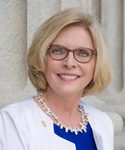
“In the event we need PPE (personal protective equipment) in the future, we’re not on a list with every other state in the United States and we have our own resources,” Shealy said. She is serving on the Senate’s Re-Open South Carolina Select Committee. “We should have it readily available so the county EMDs (emergency management departments) have a place to get it instead of nursing homes getting it off of Amazon.”
House Medical, Military and Municipal Affairs Chair Leon Howard, D-Richland, said there has been a stockpile discussion in the House.

“We should invest more. I don’t know how much more but we should take a look at how much we should invest,” Howard said.
As of publication on May 22, DHEC had not responded to questions related to the former stockpile and its demise. By December 2008, however, a three-year-old effort for a stockpile established to respond to a viral influenza pandemic was threatened by drying up federal funds, according to a DHEC report.
“Federal funding for the pandemic influenza preparedness program has ended, and no state funds have been appropriated to continue public health preparedness efforts for pandemic influenza. This means that any future pandemic preparedness activities must be funded by the state or by redirecting federal funds for public health preparedness,” the report stated.
The stockpile was mostly focused on pharmaceuticals such as antivirals and vaccines. The stockpile facility, located at an undisclosed state park, was finished in April 2008, but the report called for the need for funding a second phase of construction.
- Have a comment? Send to: feedback@statehousereport.com
Climate action could help rebuild state, experts say
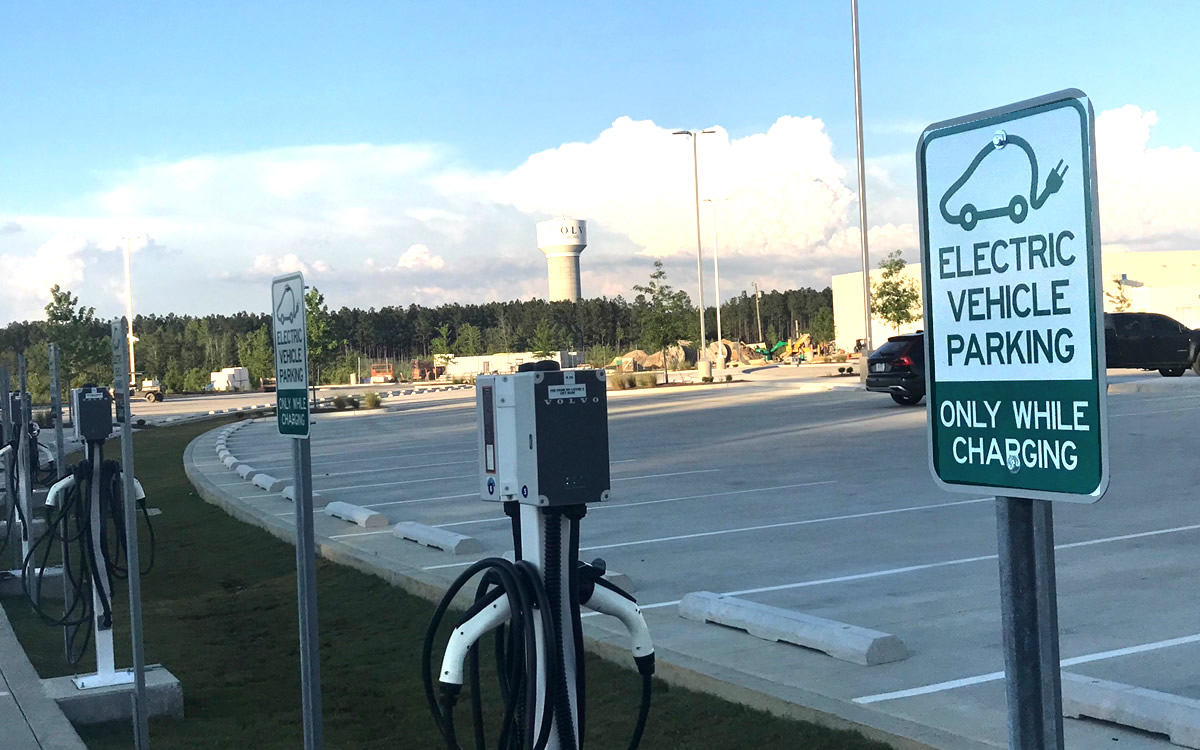
By Lindsay Street, Statehouse correspondent | South Carolina has an opportunity to invest in workforce and infrastructure that could create jobs and mitigate climate change, according to conservation voices in the state.
While recent coronavirus pandemic restrictions have tanked the economy, they have also led to record declines in air pollution and carbon emissions, by as much as 8 percent for the year.
“This is absolutely not the reason why we want to see these types of reductions,” said Alan Hancock, energy and climate advocacy director for Coastal Conservation League.
Declines are expected to reverse but conservation leaders say there are ways to make an even bigger, more permanent impact — and grow the economy.
Conservation Voters of South Carolina Executive Director John Tynan said South Carolina should avoid “doubling down on old and outdated” industries in the recovery, saying the state needed to “shift the paradigm.”
“If we change the technology we use to travel, change the technology we use to make energy, we can have our cake and eat it too,” Tynan said. “As we’re looking at how we rebuild and jumpstart the economy, we have a unique opportunity to rebuild in the direction we see the future demanding.”
Here are some policy alternatives:
- Electric vehicle infrastructure. Tynan said the state should invest in and remove any barriers to an electric vehicle system that would dovetail with the state’s existing automotive industry.
- Clean energy jobs. State policy should emphasize clean-energy jobs, he said. South Carolina was poised for solar growth after the 2019 Energy Freedom Act was passed, but now it could be facing a 24 percent decline in development, resulting in 1,325 lost jobs in the state, according to the Solar Energy Industries Association.
- Electricity goal setting. The state should set goals for electricity generation sources, College of Charleston environmental policy professor Matt Nowlin said. This is common practice in other states and is usually aimed at getting private utilities to ramp up solar and wind energy generation. “That’s low-hanging fruit here in South Carolina … that would accelerate some of these trends we are already seeing,” Nowlin said.
- More work-from-home. Employers, including the state, should continue to keep as many workers home as possible, Nowlin said. This keeps emission-belching cars off the road. Hancock said it is possible this could be “one thing that might persist” following the pandemic.
In other recent news:
![]() Pregnant inmate shackling banned. Gov. Henry McMaster signed into law this week a law proposed by S.C. Rep. Nancy Mace, R-Daniel Island, that bans the practice of shackling pregnant inmates in labor or bonding postpartum. It also requires all prison facilities to have menstrual products available to menstruating inmates, and to offer those products for free to those who cannot afford them. Read the bill here.
Pregnant inmate shackling banned. Gov. Henry McMaster signed into law this week a law proposed by S.C. Rep. Nancy Mace, R-Daniel Island, that bans the practice of shackling pregnant inmates in labor or bonding postpartum. It also requires all prison facilities to have menstrual products available to menstruating inmates, and to offer those products for free to those who cannot afford them. Read the bill here.
AccelerateSC committee recommends federal aid spending. A committee for the gubernatorial task force AccelerateSC made recommendations this week on how to spend $1.9 billion from the federal government. The aid is supposed to be directly tied to coronavirus pandemic expenses. Recommendations include: $100 million to expand broadband internet access, $500 million for unemployment trust, $250 million to help hospitals and $160 million to help students catch up on reading and math. Read more.
DiGiorgio passes away. Former Winthrop University President Anthony DiGiorgio, 79, died Wednesday in Tucson, Ariz. According to family members, DiGiorgio, who led the university for 24 years, had been undergoing cancer treatments since late March, and died of a pulmonary embolism. More: The Rock Hill Herald
S.C. Housing offers rental assistance. The state’s housing authority has $5 million to help tenants struggling to make rent this month. The housing authority will send up to $1,500 to an approved tenant’s landlord or property manager on their behalf. Read more.
Attractions reopening today. Museums, zoos, go-kart tracks and other tourist attractions may reopen today ahead of Memorial Day weekend. Gov. Henry McMaster made the announcement Wednesday as the state is in week two of a gradual reopening from coronavirus restrictions. Public schools, large crowds, bars and strip clubs are still shuttered by executive order. Read more.
First Arthur, more on the way. Tropical Storm Arthur, which brushed the S.C. coast last weekend, was the first named storm of the Atlantic hurricane season. This week, the National Oceanic and Atmospheric Administration predicted a busy hurricane season with possible three to six major hurricanes. The official storm season starts June 1 and ends Nov. 30. Read more.
- Have a comment? Send to: feedback@statehousereport.com
Friends and readers,
 We’re proud to offer Statehouse Report for free. For more than a dozen years, we’ve been the go-to place for insightful independent policy and political news and views in the Palmetto State. And we love it as much as you do.
We’re proud to offer Statehouse Report for free. For more than a dozen years, we’ve been the go-to place for insightful independent policy and political news and views in the Palmetto State. And we love it as much as you do.
But now, we can use your help. If you’ve been thinking of contributing to Statehouse Report over the years, now would be a great time to contribute as we deal with the crisis. In advance, thank you.
— Andy Brack, editor and publisher
BRACK: Just wear the dang mask

By Andy Brack, editor and publisher | The woman and her two children walked into the house, quickly closing the door because it was a blustery winter day. They arrived to celebrate a daughter’s birthday.
The boy joined the other kids. The little girl, much younger, stuck near her mother. She was wearing a coat but had bare feet. Mucus bubbled around her nose. She was whiny. And obviously sick.
 Out of caution, I asked, “Did she get a flu shot?”
Out of caution, I asked, “Did she get a flu shot?”
“No, we don’t believe in them.”
My head started to explode.
“You don’t, umm, believe in science? That the flu shot can prevent flu in a lot of people and make it far less bad for others?”
“No, we don’t think they work.”
The mother, now an elected official, soon admitted she and her husband actually had the flu a week earlier. When asked whether she might have given the flu to her children because they hadn’t been vaccinated, she seemed befuddled. And my head actually did explode.
Across the state and country, we’re having similar encounters today over whether to wear masks to protect people from coronavirus — even if the chance is they don’t have it and won’t get it.
Science clearly shows that common-sense strategies like social distancing and wearing masks make a major impact in curbing a pandemic. Had social distancing been in effect just one week earlier in March, new research shows an estimated 36,000 fewer people would not have died from coronavirus, according to The New York Times.
What is absolutely confounding is when people won’t follow suggestions, conclusions and guidelines that work and are based in science because they simply choose not to believe in the results of science. Science is science. It is derived from conclusions rooted in data that can be replicated. Science is based on verifiable facts, not alternative realities created by beer goggles, political rhetoric and pink baby unicorns.
Take the issue of whether to wear a mask in public. Masks are not comfortable. But science shows they reduce the risk of getting infected with the virus — and of spreading it.
Perhaps it should come as no surprise that whether one believes in wearing a mask in public is taking on a partisan edge. Republicans and Democrats aren’t diametrically opposed. A new HuffPost/YouGov poll finds about two-thirds of Americans say they wear a mask always or most of the time when in public and near people, such as when at a grocery store. Of the sample, 84 percent of Democrats said they wore masks always or mostly when in public and near people, compared to 66 percent of Republicans.
In South Carolina, reactions to coronavirus have taken a more partisan edge in an America increasingly rollicked by volcanic political division over the last decade. A new Clemson University Palmetto Poll based on data from a month ago shows more than three in four South Carolinians are at least moderately worried about the pandemic and its impact on their health. But 71 percent of S.C. Democrats say they’re somewhat or extremely worried they’ll get sick from the virus, compared to 37 percent of Republicans. There’s a similar split between black and white residents’ concerns.
The rate of the government’s response to the outbreak similarly split along party lines. “Republicans were more satisfied than Democrats regarding the U.S. government’s response (68 percent to 6 percent), are more likely to approve of Trump’s handling of the COVID-19 outbreak (86 percent to 3 percent), and are less likely to think Trump acted too slowly (18 percent to 97 percent),” according to a press statement about the poll.
Let’s not make coronavirus or wearing masks about politics. Science shows masks work. At least for now, they should be worn whenever you’re in close contact with anyone, particularly inside where air isn’t refreshed as much as outside. Use common sense, of course. In my office where few people actually enter, I don’t wear a mask. But when I shop and am exposed to others — just as they are exposed to me — I wear the dang mask. You should too.
- Have a comment? Send to: feedback@statehousereport.com.
S.C. Hospital Association
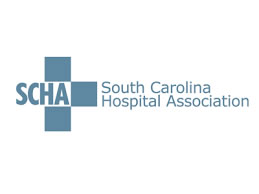 The public spiritedness of our underwriters allows us to bring Statehouse Report to you at no cost. This week’s spotlighted underwriter is the South Carolina Hospital Association, the Palmetto State’s foremost advocate on healthcare issues affecting South Carolinians. The mission of SCHA is to support its members in addressing the healthcare needs of South Carolina through advocacy, education, networking and regulatory assistance.
The public spiritedness of our underwriters allows us to bring Statehouse Report to you at no cost. This week’s spotlighted underwriter is the South Carolina Hospital Association, the Palmetto State’s foremost advocate on healthcare issues affecting South Carolinians. The mission of SCHA is to support its members in addressing the healthcare needs of South Carolina through advocacy, education, networking and regulatory assistance.
Founded in 1921, the South Carolina Hospital Association is the leadership organization and principal advocate for the state’s hospitals and health care systems. Based in Columbia, SCHA works with its members to improve access, quality and cost-effectiveness of health care for all South Carolinians. The state’s hospitals and health care systems employ more than 70,000 persons statewide. SCHA’s credo: We are stronger together than apart.
- To learn more about SCHA and its mission, go to: http://www.scha.org.
What do you think?
We love hearing from our readers and encourage you to share your opinions. But you’ve got to provide us with contact information so we can verify your letters. Letters to the editor are published weekly. We reserve the right to edit for length and clarity. Comments are limited to 250 words or less. Please include your name and contact information.
- Send your letters or comments to: feedback@statehousereport.com
Living in style

Here’s a grand-looking home somewhere in South Carolina. Where? For bonus points, what’s its connection to S.C. politics? Send your best guess of what it is to feedback@statehousereport.com. And don’t forget to include your name and the town in which you live.
Our previous Mystery Photo
 Our May 15 image, “Kind of spooky,” was pretty tough. Only one reader, the reliable sleuth George Graf of Palmyra, Va., correctly identified the house as Stony Point Plantation, which is located seven miles northeast of Greenwood.
Our May 15 image, “Kind of spooky,” was pretty tough. Only one reader, the reliable sleuth George Graf of Palmyra, Va., correctly identified the house as Stony Point Plantation, which is located seven miles northeast of Greenwood.
Graf gave a little context: “William Smith founded a post office, the second in Greenwood County, at the site of Stony Point. Smith also founded a store at Stony Point. William Smith died before the house was completed. His son, Joel Smith, purchased Stony Point from his father’s estate and finished construction of the house. Joel Smith owned 78 slaves. The house is of Flemish-bond brick construction. The foundations of the original kitchen and carriage house remain on the property.” More info.
Send us a mystery: If you have a photo that you believe will stump readers, send it along (but make sure to tell us what it is because it may stump us too!) Send to: feedback@statehousereport.com and mark it as a photo submission. Thanks.
Influenza pandemic of 1918
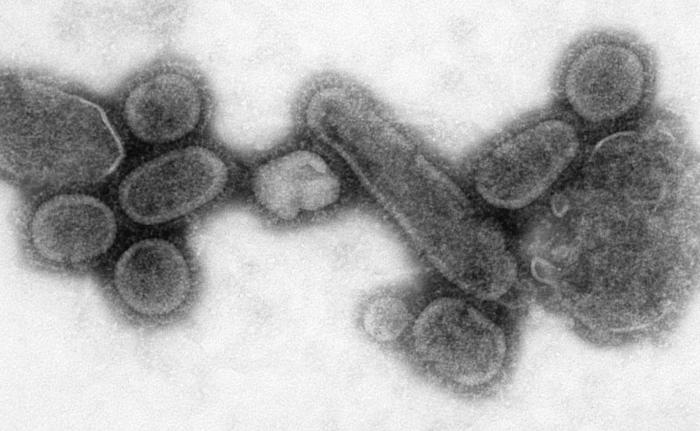
The influenza pandemic of 1918 infected approximately one-fourth of the population of the United States and killed an estimated 675,000. Globally, roughly 500 million people were infected, with a death toll estimated at between 20 million and 50 million. Influenza mortality rates in 1918 accounted for ten times the number of civilians and twice as many military personnel worldwide who died on all fronts during World War I.
South Carolina did not escape the pandemic. By October 15, approximately 50,000 cases had been reported within the state. By the time the epidemic receded, some 14,250 South Carolinians had died from complications associated with the influenza. The pandemic first struck during the spring of 1918 in the form of a mild flu. By autumn, the full brunt of the influenza arrived. Ninety-nine percent of deaths associated with influenza are caused by complications from pneumonia. In 1918 the mortality rate for influenzal pneumonia was sixty to seventy percent. From October 22 to December 31, 1917, thirty-nine cases of influenza were reported at Camp Jackson in Columbia, with no fatalities. In comparison, by November 30, 1918, officials recorded 8,255 cases of influenza within the camp, with 412 fatalities.
Influenza patients quickly overwhelmed the state’s meager medical system. On September 31, the Surgeon General’s Office in Washington authorized Dr. F. Simpson to take charge of South Carolina’s efforts to control the epidemic and appropriated funds to establish emergency hospitals and employ as many health officers as needed. Columbia had just 150 hospital beds in 1918, forcing the conversion of three buildings at the University of South Carolina into emergency hospitals to receive influenza victims.
Charleston was at significant risk from the flu due to its constant influx of military personnel. In response, Charleston’s Board of Health banned assemblies of more than five people and ordered all stores to close by sundown. The Citadel was also closed on September 30. From October 5 to November 6, the city health department counted 5,643 cases of influenza and pneumonia within the city limits, as well as 229 influenza-related deaths. In the upstate mill town of Clinton, approximately 600 people were affected, from a population of roughly 3,600. Influenza first appeared in Greenville on October 4 with an infection rate of 1,000 per day over the following four days. In Spartanburg, influenza first struck on September 20. Eleven days later, Spartanburg’s Board of Health closed all public gathering places.
Fortunately, by the middle of December, cases of influenza were quickly disappearing, and mortality rates fell back to normal by the beginning of 1919. The pandemic forced South Carolina, and the rest of the country, to reevaluate its public health organizations and better equip them for future public health crises. The pandemic, despite its horrific consequences, helped guide South Carolina toward a future of improved sanitation, increased public health care, and social awareness.
— Excerpted from an entry by Lisa J. Dimitriadis. This entry may not have been updated since 2006. To read more about this or 2,000 other entries about South Carolina, check out The South Carolina Encyclopedia, published in 2006 by USC Press. (Information used by permission.)
ABOUT STATEHOUSE REPORT
Statehouse Report, founded in 2001 as a weekly legislative forecast that informs readers about what is going to happen in South Carolina politics and policy, is provided to you at no charge every Friday.
Meet our team
- Editor and publisher: Andy Brack, 843.670.3996
- Statehouse correspondent: Lindsay Street
Buy the book
Now you can get a copy of editor and publisher Andy Brack’s We Can Do Better, South Carolina! ($14.99) as a paperback or as a Kindle book ($7.99). . The book of essays offers incisive commentaries by editor and publisher Andy Brack on the American South, the common good, vexing problems for the Palmetto State and interesting South Carolina leaders.
More
- Mailing address: Send inquiries by mail to: 1316 Rutledge Ave., Charleston, SC 29403
- Subscriptions are free: Click to subscribe.
- We hope you’ll keep receiving the great news and information from Statehouse Report, but if you need to unsubscribe, go to the bottom of the weekly email issue and follow the instructions.
- Read our sister publications: Charleston City Paper (every Wednesday) | Charleston Currents (every Monday).
- © 2020, Statehouse Report, a publication of City Paper Publishing, LLC. All rights reserved.
















 We Can Do Better, South Carolina!
We Can Do Better, South Carolina!